Crew 202 Operations Report 10-JAN-2019
SOL: 12
Name of person filing report: Kasey Hilton
Non-nominal systems: Battery in suit #9
Notes on non-nominal systems: Battery in suit #9 was also very low after the EVA; Suit was checked to make sure the connections were proper and plugged in; I will check the voltage in morning once the battery has had time to charge
Generator (hours run): 17hr 52min; Turned on last night (09Jan2019) at 15:15; Turned off this morning (10Jan2019) at 9:07; Turned on tonight (10Jan2019) at 16:05
Solar SOC – Turned on (09Jan2019) 82%; Turned off (10Jan2019) 100%; Turned on (10Jan2019) 84%
Diesel Reading – 70%
Propane Reading – 35%
Ethanol Free Gasoline – Not in use
Water (auxiliary tank) – Not in use
Water (static tank) – 50%; 245 gallons
Auxiliary to Static tank transfer – No
Gallons transferred: Not applicable
Water in GreenHab – About 55%; 165 gallons
Water (loft) – At level marker 12
Static to Loft Pump used – Yes; At 19:53 to refill tank
Water Meter: 01399491
Toilet tank emptied: Yes, stinky as always ://
Deimos rover used: No, still not functional
Hours: Not applicable
Beginning charge: Not applicable
Ending charge: Not applicable
Currently charging: Not applicable
Sojourner rover used: ASSIGNED TO DIRECTOR
Hours: Not applicable
Beginning charge: Not applicable
Ending charge: Not applicable
Currently charging: Not applicable
Spirit rover used: Yes
Hours: 66.8
Beginning charge: 100%
Ending charge: 72%
Currently charging: Yes
Opportunity rover used: No, brakes are still not working correctly
Hours: 45.6
Beginning charge: 100%
Ending charge: 100%
Currently charging: Yes
Curiosity rover used: Yes
Hours: 69.0
Beginning charge: 100%
Ending charge: 89%
Currently charging: Yes
Notes on rovers: Brake fluid in Opportunity was replaced but the brakes are still not functioning properly
ATV’s Used: 350.1 (Honda, 300, 350.1, 350.2, 350.3)
Reason for use: Needed an extra person on an EVA for film crew
Oil Added? No
ATV Fuel Used: Fuel is about one inch from the top after EVA
# Hours the ATVs were Used today: 1hr 46min
Notes on ATVs: Nothing to report
HabCar used and why, where? Not used
CrewCar used and why, where? Off site
General notes and comments: Nothing to report
Summary of internet: Nothing to report
Summary of suits and radios: Battery in suit #7 had to be replaced again because the voltage was still very low after being sufficiently charged. Battery in suit #9 was low after the EVA as mentioned in “Non-nominal systems”; Suit will be checked after charging to see if the battery needs to be replaced or not
Summary of Hab operations: Hab ceiling still leaks every once and a while; Due to ice on the outside but should be gone in the next day or two
Summary of GreenHab operations: Nothing to report
Summary of ScienceDome operations: Nothing to report
Summary of RAMM operations: Nothing to report
Summary of any observatory issues: Nothing to report
Summary of health and safety issues: Nothing to report
Questions, concerns and requests to Mission Support: What are the average lifetime of a space suit battery? Suit #7 and #9’s batteries were just replaced a few days ago but are already below 12 V after a sufficient charge.


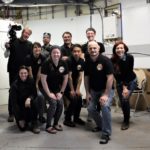
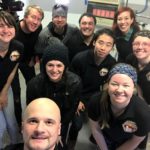

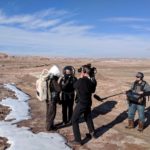
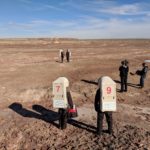
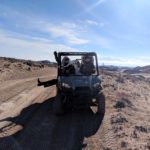
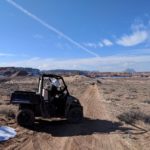
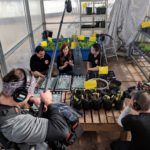
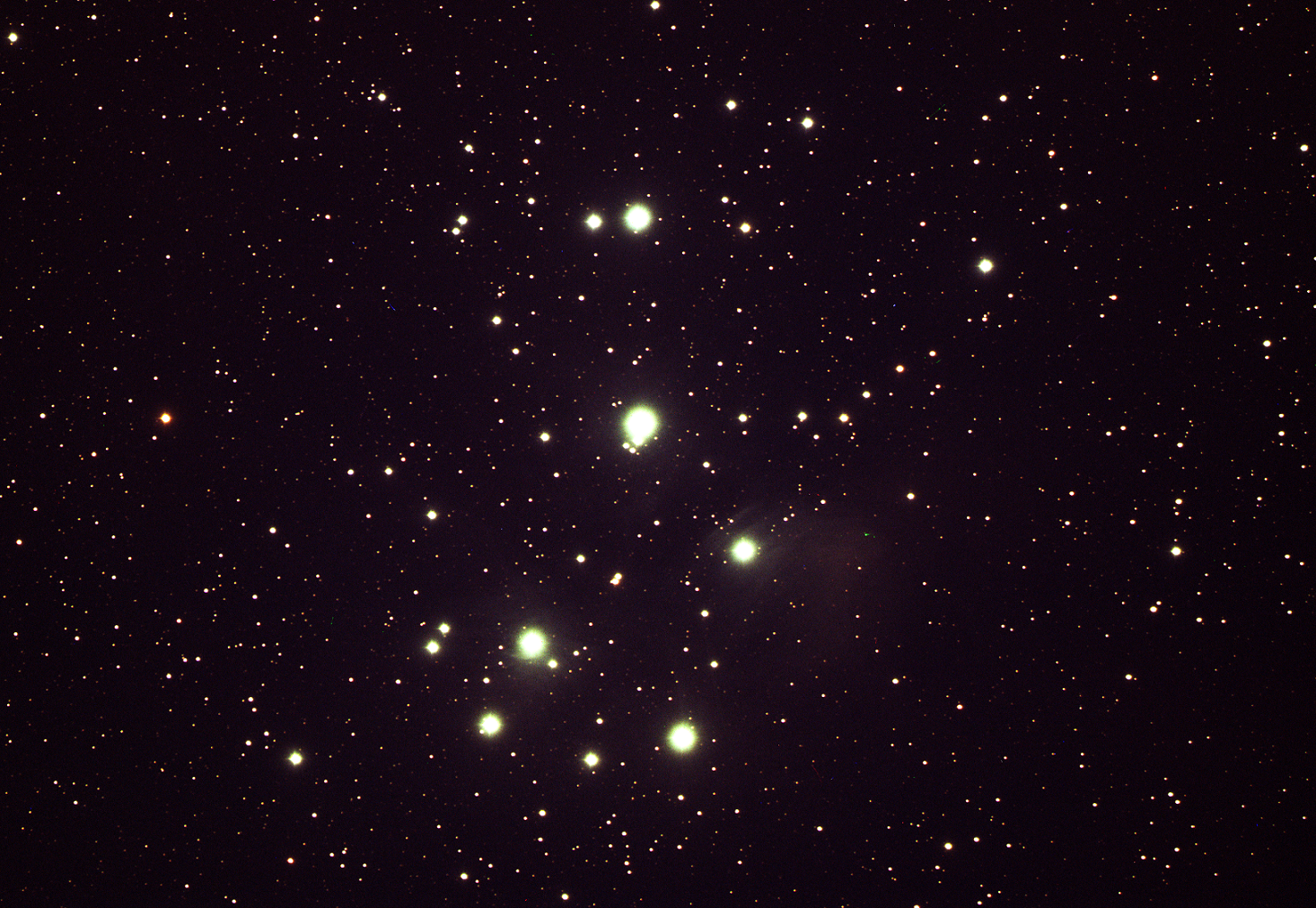
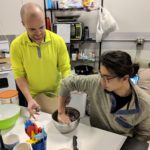

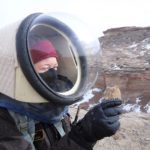
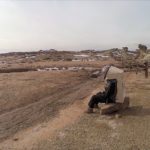
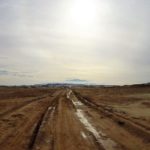
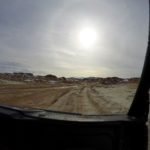

You must be logged in to post a comment.